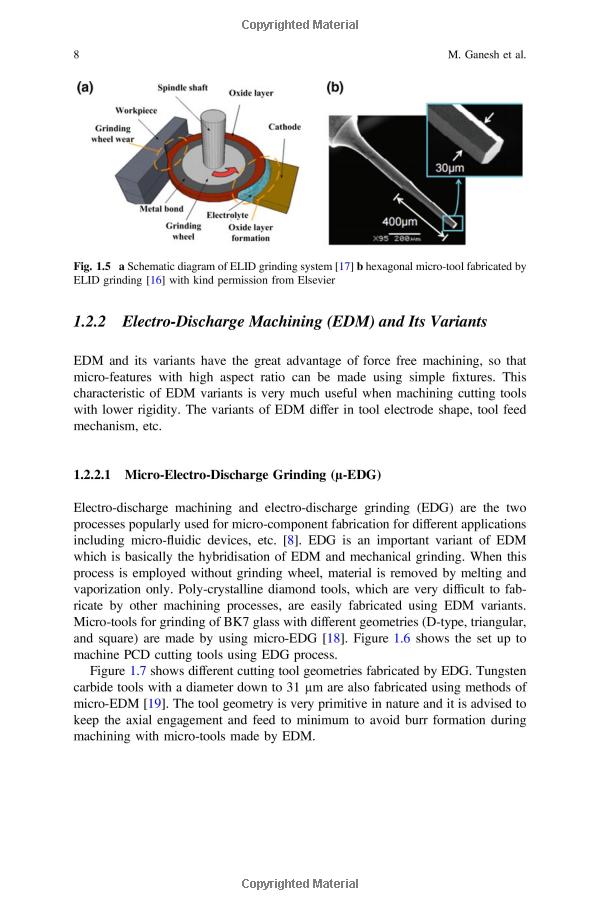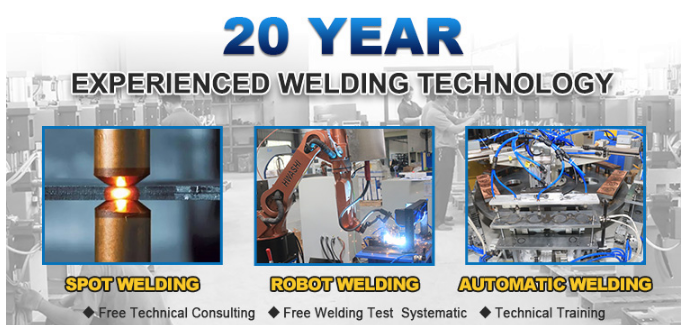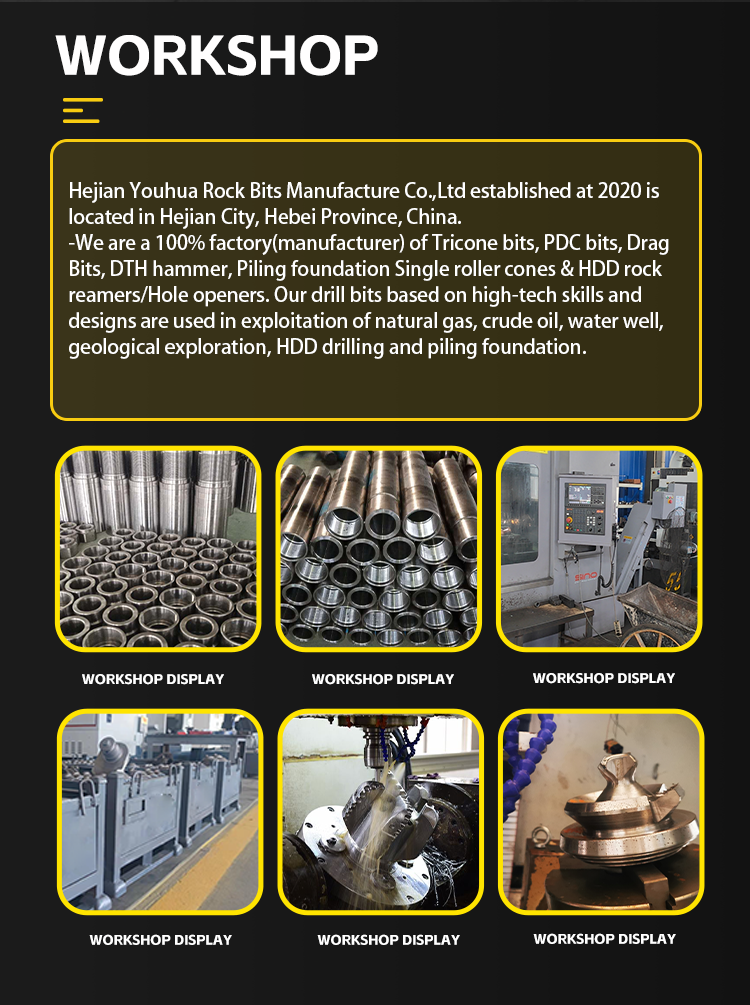The Advancements and Implications of Robot Welding in the Metal Fabrication Industry
Robot welding is a technology that has revolutionized the metal fabrication industry. Robot welding offers several advantages over traditional welding methods, such as increased accuracy and efficiency, reduced costs, and improved quality control. With robot welding, welders can produce high-quality welds in a shorter amount of time than before. This technology has also led to the development of new types of welding processes, such as laser welding and pulsed arc welding. These processes offer even greater precision and control compared to traditional welding methods. The implications of this technology are significant for the metal fabrication industry. It allows manufacturers to produce larger quantities of products in a shorter amount of time, while still maintaining high levels of quality. Additionally, it enables manufacturers to produce products that are more consistent in terms of size and shape. Overall, robot welding represents a significant advancement in the metal fabrication industry and will continue to play an important role in manufacturing processes for years to come.
With the rapid development of technology, the manufacturing industry has undergone tremendous changes in recent years. One of the most significant advancements is the integration of robotics into industrial processes, particularly in welding applications. Robot welding, also known as automated welding, has revolutionized the metal fabrication industry by improving productivity, precision, and safety. This article discusses the various aspects of robot welding, including its history, benefits, applications, and future outlook.
History of Robot Welding
The concept of robot welding dates back to the early 20th century when researchers first began experimenting with automatic welding systems. However, it wasn't until the 1980s that robot welding began to gain popularity in the industrial sector due to advances in computer-controlled robots and sophisticated software. Today, there are various types of robot welding systems available on the market, each with its unique set of features and capabilities.

Benefits of Robot Welding
One of the primary benefits of robot welding is increased productivity. By automating the welding process, manufacturers can produce higher volumes of goods faster than ever before. This not only leads to greater efficiency but also reduces labor costs and improves overall profitability. In addition, robot welding offers superior precision compared to manual welding techniques. Robots can weld at a high speed and with great accuracy, ensuring consistent quality control and reducing the risk of errors.
Another significant benefit of robot welding is improved safety in the workplace. Welding is a hazardous task that requires operators to handle hot metal and potentially dangerous gases. By automating the process, robot welding reduces the risk of accidents and injuries associated with welding. Additionally, robots do not require breaks or rest periods, which means they can work around the clock without affecting production schedules or worker fatigue.
Applications of Robot Welding in Metal Fabrication
Robot welding finds extensive use in various industries, including aerospace, automotive, construction, and oil and gas. In these sectors, robot welding is used for tasks such as joint assembly, spot welding, and pipe welding. Some common applications include:

1、Aerospace: Robot welding is used in the manufacture of aircraft components, such as wings, fuselages, and landing gears. The high precision and consistency offered by robot welding make it ideal for producing critical components with tight tolerances.
2、Automotive: Robot welding is widely used in the automotive industry for tasks such as joining engine blocks, transmission frames, and body panels. It allows manufacturers to produce complex assemblies with high accuracy and speed.
3、Construction: Robot welding is used in construction projects for tasks such as framing, roofing, and concrete forming. It enables builders to work quickly and efficiently, resulting in lower costs and faster project completion times.
4、Oil and Gas: Robot welding is utilized in oil and gas industries for tasks such as pipeline welding and wellhead repair. It offers superior precision and reliability compared to manual welding methods, ensuring the safe operation of pipelines and wellheads.
Future Outlook of Robot Welding

As technology continues to advance, the potential applications for robot welding are virtually limitless. In the coming years, we can expect to see even more advanced robot welding systems that offer increased flexibility, speed, and accuracy. Some emerging trends in robot welding include collaborative robots (cobots), which are designed to work alongside human operators; adaptive robots that can adjust their welding technique based on different materials and thicknesses; and laser-based welding systems that offer superior precision and energy efficiency.
In conclusion, robot welding has transformed the metal fabrication industry by offering numerous benefits such as increased productivity, precision, and safety. As the technology continues to improve, we can expect to see even more innovative applications in various industries. With its ability to streamline operations and improve quality control, robot welding is undoubtedly poised to become an integral part of the manufacturing landscape in the years ahead.
Articles related to the knowledge points of this article:
Shantou Hardware Manufacturers: Embracing Innovation and Quality
Guangzhou Nuclear Power Hardware Manufacturers



